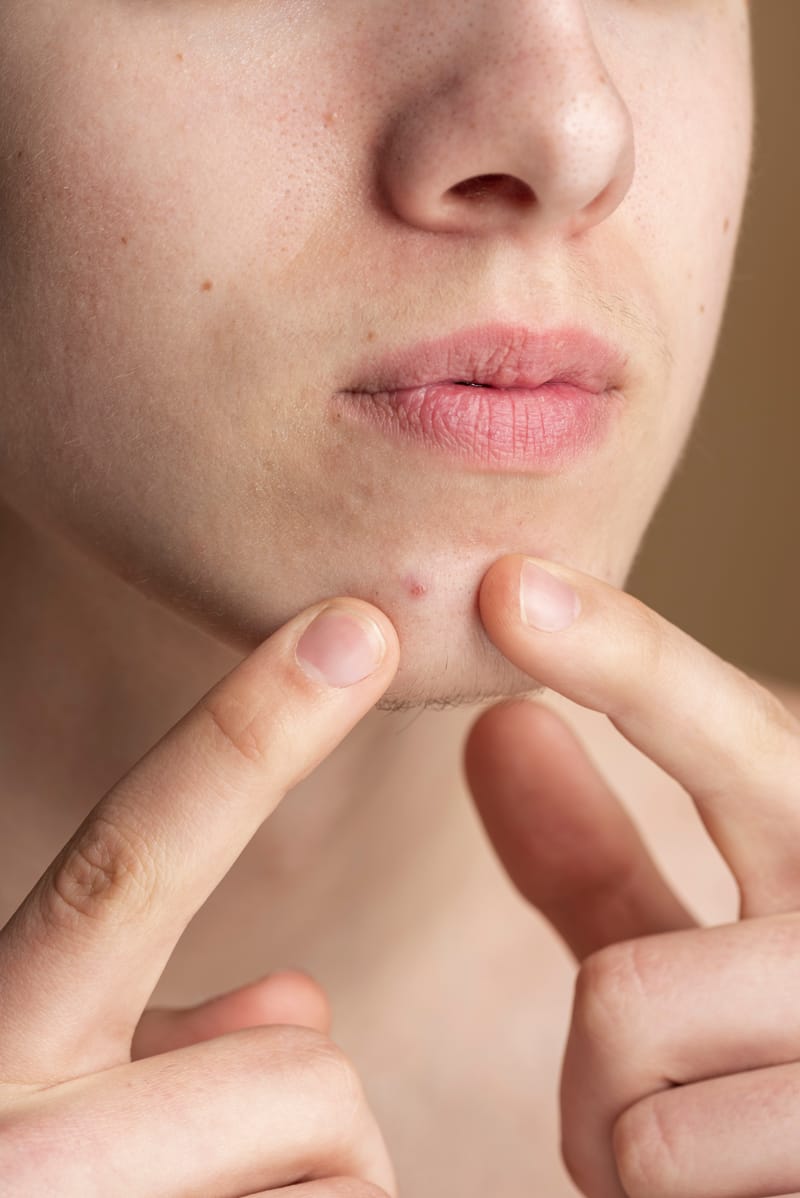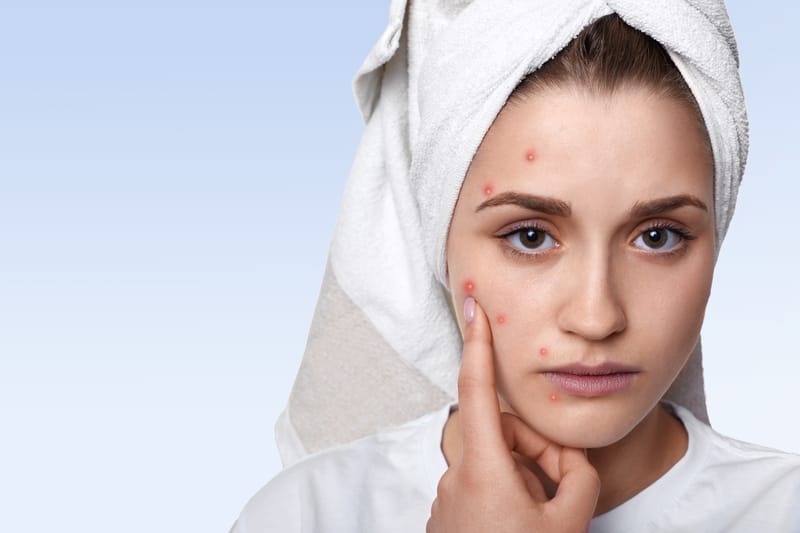The Ultimate Guide to Pimple Patches: Your Solution for Acne Emergencies
Key Takeaways:
- Pimple patches are a discreet and effective way to treat acne spots.
- They work by absorbing pus and reducing inflammation, promoting faster healing.
- Pimple patches can prevent the temptation to pick or squeeze blemishes, reducing the risk of pimple and acne scarring.
Acne is a common skin concern that affects millions of people worldwide. Whether it's a chronic issue or the occasional breakout, finding a solution that's both effective and convenient can be a challenge. Enter pimple patches, the small yet mighty heroes of skincare. These tiny, discrete patches are designed to target individual pimples, providing a focused treatment that helps to heal blemishes quickly and effectively.
The majority of Pimple patches, also known as acne stickers, are made from hydrocolloid material, a substance traditionally used in medical dressings for wounds. This material is adept at absorbing excess fluid, such as pus and oil, from your pimple, creating a moist environment that promotes healing. The patches also act as a protective barrier, preventing bacteria from entering the blemish and safeguarding against external irritants.
Pimple patches are incredibly user-friendly, making them a favorite among skincare enthusiasts and dermatologists alike. To use, simply cleanse your skin, dry the affected area, and apply the patch directly onto the pimple. The patch will adhere to your skin, allowing you to go about your day or sleep through the night without worrying about your treatment rubbing off. Many users report seeing significant improvement in their blemishes after just one use, with the patch turning white as it absorbs the impurities and gunk from pimples.
One of the greatest benefits of pimple patches is their ability to prevent picking. It's no secret that squeezing or picking at pimples can lead to further inflammation, infection, and even scarring. By covering the blemish with a patch, you're less likely to touch or pick at it, allowing the skin to heal without interruption. This hands-off approach is a simple yet effective way to ensure your skin remains as healthy and clear as possible.
How Pimple Patches Work
When you apply a pimple patch, the hydrocolloid material begins to absorb exudate, which is the mixture of pus, bacterial fluid, and dead skin cells that can accumulate in a pimple. This absorption process helps to reduce inflammation and draw out impurities, flattening and healing the pimple. The patch also creates a moist environment, which is beneficial for skin healing, as it prevents the blemish from drying out and forming a scab, which can prolong the healing process and lead to scarring.
Moreover, pimple patches often contain active ingredients such as salicylic acid, tea tree oil, or hyaluronic acid, which can provide additional benefits. Salicylic acid, for example, is a beta-hydroxy acid known for its ability to exfoliate the skin and unclog pores, making it a common ingredient in acne treatments. Tea tree oil has natural antibacterial properties, helping to fight the bacteria that can cause acne. Hyaluronic acid, on the other hand, is a powerful humectant that can help to keep the skin hydrated, promote healing and achieve clearer looking skin.
Choosing the Right Pimple Patch
With the rising popularity of pimple patches, the market is now flooded with various brands and types, each claiming to be the best solution for your acne woes. When selecting a pimple patch, it's important to consider the type of acne you're dealing with. For example, patches infused with salicylic acid may be more effective for blackheads and whiteheads, while those with tea tree oil could be better suited for inflamed, red pimples.
It's also crucial to look at the size and thickness of the patches. Some are designed to be ultra-thin and invisible, making them perfect for daytime use, while others are thicker and more suitable for overnight treatment. Additionally, consider the quantity and variety of sizes in a pack. Having a range of sizes ensures that you have a patch that fits any pimple, whether it's a small, emerging spot or a larger, more established blemish.
Summary
The ultra thin sticker, transparent patches are a convenient, effective, and protective solution for treating individual acne spots. They work by absorbing pus and oil, reducing inflammation, and creating a healing environment for the skin. By preventing the urge to pick at blemishes, pimple patches also reduce the risk of scarring. When choosing a patch, consider the active ingredients, size, and thickness to find the best fit for your needs.
FAQ Section
Q: Can pimple patches be used on all skin types? A: Yes, pimple patches are generally safe for all skin types. However, if you have sensitive skin or allergies, it's always best to check the ingredients list and do a patch test first.
Q: How long should I leave a pimple patch on? A: Pimple patches should be left on for at least a few hours or overnight to allow enough time for the patch to absorb impurities. Follow the instructions on the product packaging for the best results.
Q: Are pimple patches a replacement for acne medication? A: Pimple patches are not a replacement for acne medication but can be used as a complementary treatment. For severe or persistent acne, it's important to consult a dermatologist for a comprehensive treatment plan.
For more information about Pimple Patched please click the link below!







